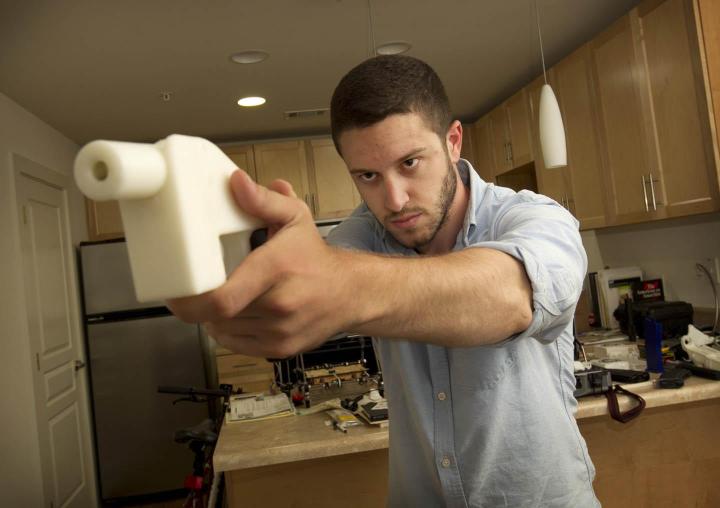
The serial number, or another form of identification, will have to be attached to a homemade firearm in some fashion. In order to obtain the identifier, the owner of a 3D-printed firearm will have to pass a background check. Interestingly, the law also forbids the sale or transfer of a homemade firearm from a California resident to another party. This limitation is attributed to the lack of quality standards of homemade firearms as well as the potential of widespread adoption of plastic firearms.
Speaking to the California Senate, the California Chapters for the Brady Campaign to Prevent Gun Violence said “Due to the materials from which these guns are manufactured, they would almost certainly not pass the testing requirements in the Unsafe Handgun Act and therefore would not, under normal circumstances, be legal for sale to the public. Furthermore, plastic guns have the ability to pass through metal detectors where they can be used to cause harm in sensitive places.”
Alternatively, the National Rifle Association argued that the new law would “effectively end the practice of personally manufacturing firearms in California.” Specifically, the NRA argued that engraving a serial number on a homemade firearm would be nearly impossible for a hobbyist that’s building their own homemade design.
Later this year, California residents will be voting on a related measure to require background checks for ammunition sales as well as ban high-capacity magazine sales within the state. Other aspects of those new gun control measures include creating a system to confiscate firearms from convicted felons as well as requiring residents to report lost or stolen ammunition.
Editors' Recommendations
- 3D printed cheesecake? Inside the culinary quest to make a Star Trek food replicator
- AMD’s revolutionary 3D V-Cache chip could launch very soon
- Fighting football injuries with 3D-printed, hyper-personalized pads
- Need a last-minute Halloween costume? Check out these 3D-printable getups
- NASA is testing a 3D printer that uses moon dust to print in space


